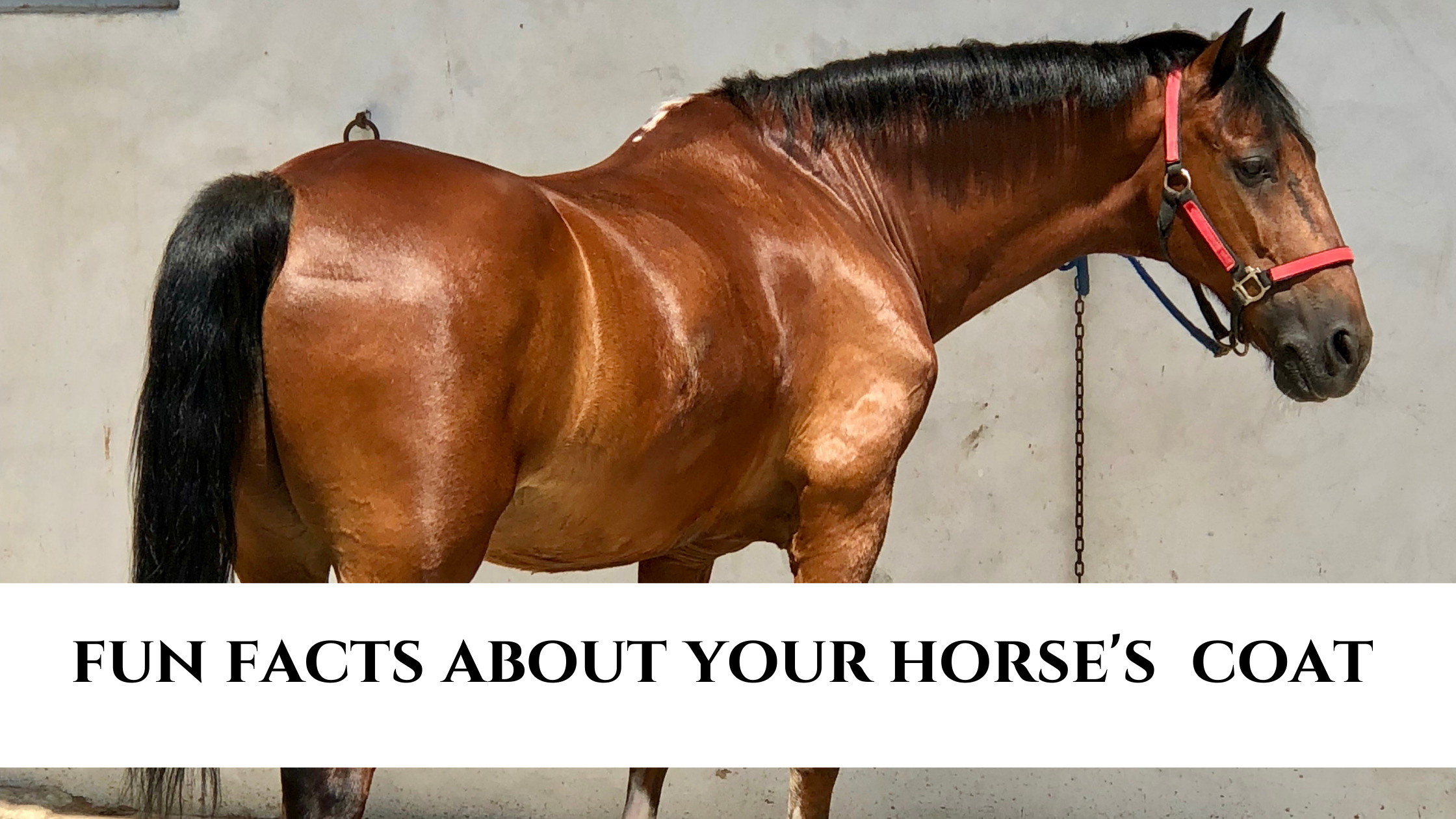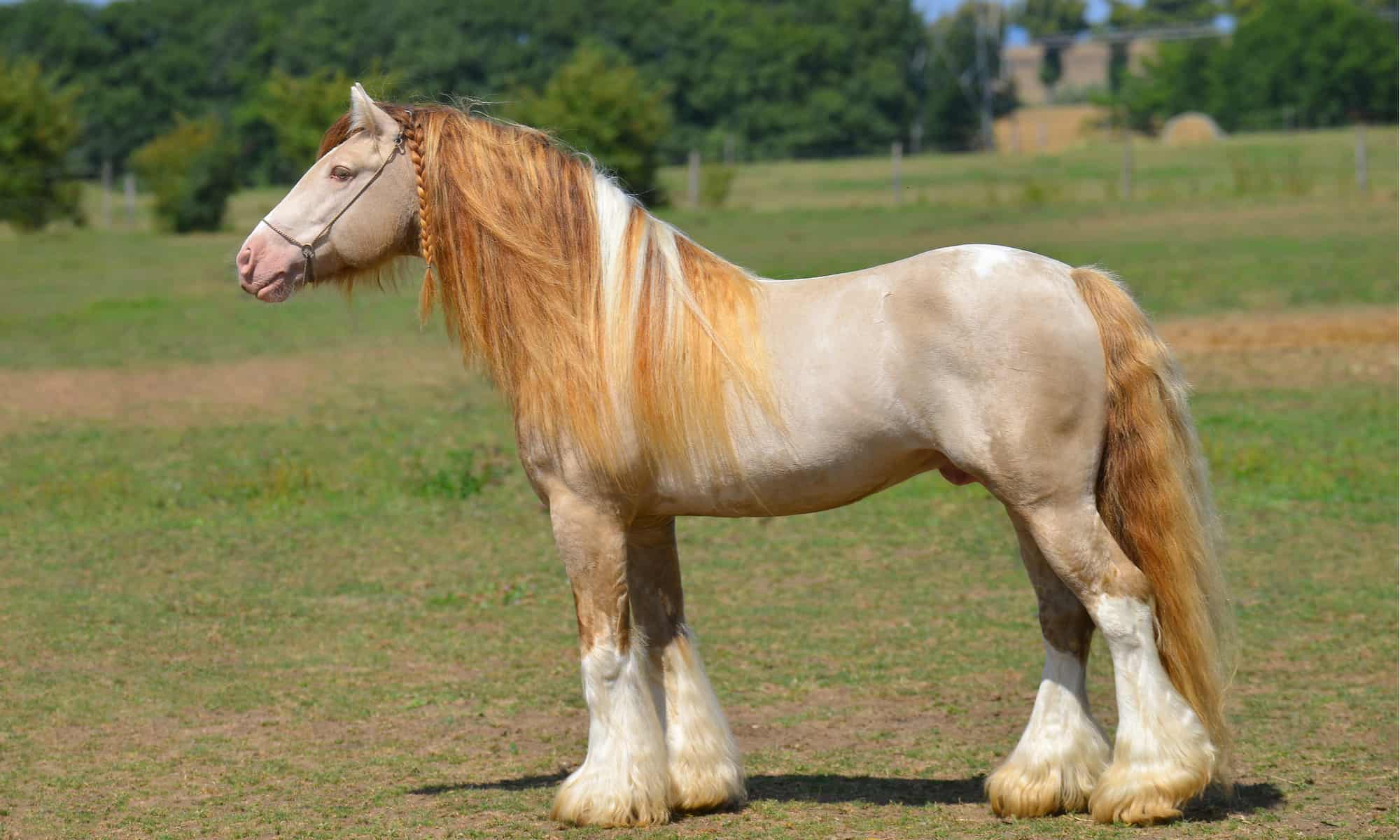Horses are majestic creatures that have captivated humans for centuries with their beauty, strength, and grace. One of the most distinctive features of horses is their hair, which can be long and flowing or short and sleek. But have you ever wondered why horses have hair in the first place? In this article, we’ll explore the fascinating reasons behind the presence of hair on horses and the important functions it serves.
The Evolution of Horse Hair

To understand why horses have hair, we need to delve into the evolutionary history of these magnificent animals. Horses are descendants of small, multi-toed creatures that lived millions of years ago. As they evolved and adapted to different environments, the development of hair played a crucial role in their survival.
Insulation and Temperature Regulation
One of the primary reasons why horses have hair is for insulation and temperature regulation. The hair acts as a protective layer, helping to keep the horse warm in cold weather and cool in hot weather. This is especially important for wild horses that inhabit diverse climates, from the freezing cold of the mountains to the scorching heat of the desert.
Protection from the Elements
In addition to temperature regulation, a horse’s hair provides protection from the elements. It shields the skin from sunlight, wind, and rain, reducing the risk of sunburn, windburn, and moisture-related skin issues. The hair also helps to repel insects and other pests, preventing them from irritating the horse’s skin and causing discomfort.
Sensory Function
Horses use their hair for sensory functions, particularly the whiskers around their muzzle. These whiskers are sensitive to touch and can help horses navigate their environment, especially in low-light conditions. Additionally, the hair on a horse’s body can sense changes in air movement, alerting the animal to potential dangers or changes in weather.
The Role of Hair in Communication

Horses are social animals with complex communication systems, and their hair plays a role in these interactions. The position and movement of a horse’s hair can convey important signals to other horses, such as signs of aggression, fear, or relaxation. Additionally, grooming and mutual grooming behaviors among horses serve as a means of bonding and strengthening social bonds within a herd.
Mane and Tail as Visual Signals
The mane and tail of a horse are not just for aesthetic appeal – they also serve as visual signals. A raised mane can indicate alertness or aggression, while a relaxed, flowing mane may signal a calm and contented horse. The tail can also convey information, such as swishing to ward off flies or held high as a sign of excitement or agitation.
Color and Markings
The color and markings of a horse’s coat can also play a role in communication. In the wild, camouflage is essential for survival, and certain coat patterns and colors can help horses blend into their surroundings or signal their status within a herd. Additionally, humans have selectively bred horses for specific coat colors and markings, leading to a wide variety of visual cues in domesticated horses.
The Cultural and Practical Significance of Horse Hair

Throughout history, the hair of horses has held cultural and practical significance in human societies. From ancient times to the present day, horse hair has been used in various ways, reflecting the deep connection between humans and these magnificent animals.
Historical and Cultural Uses
In many cultures, horse hair has been used for making ropes, textiles, and ceremonial items. The strength and durability of horse hair made it valuable for creating tools, clothing, and decorations. Additionally, horse hair has been used in traditional musical instruments, such as the bow of a violin or the strings of a harp, adding to the rich tapestry of human creativity and expression.
Practical Applications in Modern Times
In modern times, horse hair continues to have practical applications in various industries. The hair of certain horse breeds, such as the tail hair of the Andalusian horse, is highly prized for making fine brushes and upholstery. Additionally, horse hair is used in the manufacturing of violin bows due to its unique strength and elasticity, contributing to the production of high-quality musical instruments.
The Beauty and Diversity of Horse Hair

Beyond its functional and practical aspects, the hair of horses is celebrated for its beauty and diversity. Horses come in a stunning array of coat colors, patterns, and textures, making each individual unique and captivating in its own right.
Breeds and Variations
From the sleek, glossy coat of the Arabian horse to the striking patterns of the Appaloosa, the diversity of horse hair is a testament to the wonder of nature. Different breeds exhibit distinct coat characteristics, from the thick, luxurious mane and tail of the Friesian to the curly, hypoallergenic coat of the Bashkir Curly horse. Each breed showcases the incredible range of possibilities within the world of equine hair.
Caring for Horse Hair
Caring for a horse’s hair is an essential part of responsible horse ownership. Regular grooming not only maintains the health and cleanliness of the coat but also strengthens the bond between horse and rider. Grooming tools, such as brushes, combs, and detanglers, are used to keep the hair free of debris, prevent matting, and promote circulation to the skin.
Artistic Expressions
The beauty of horse hair has inspired artistic expressions across various mediums. Equine artists capture the essence of horses through paintings, sculptures, and photography, often focusing on the intricate details of their coats and mane. Additionally, the art of braiding and styling a horse’s mane and tail is a creative pursuit that showcases the versatility and artistry of horse hair.
Curious about the reasons behind horse behavior and anatomy? Explore our articles on why horses have tails, why horses have a mane, and why horses eat chicks for intriguing insights into the world of horses!
Conclusion
The presence of hair on horses serves a multitude of essential functions, from insulation and protection to communication and cultural significance. It is a testament to the intricate relationship between horses and humans, spanning millennia of shared history and mutual admiration. As we continue to marvel at the beauty and diversity of horse hair, let us also honor the profound role it plays in the lives of these magnificent creatures.



